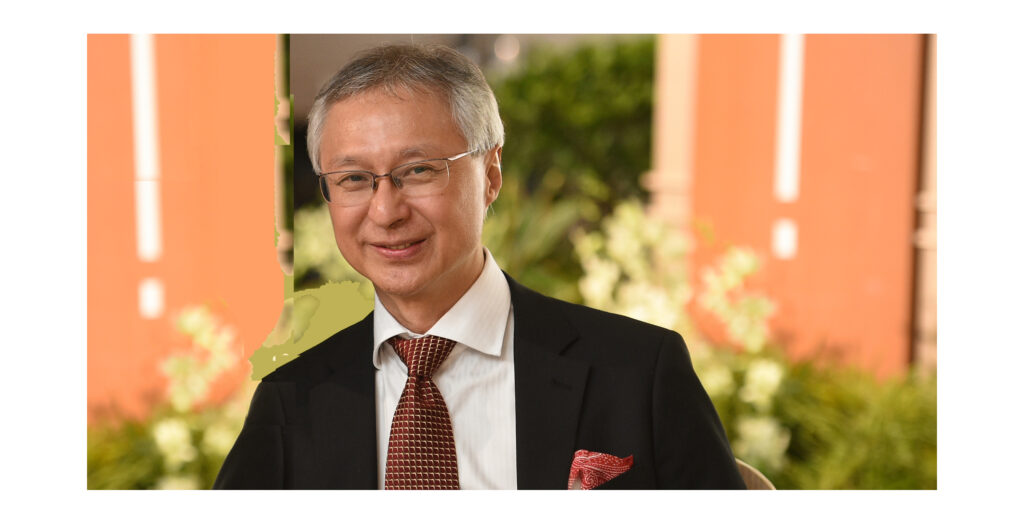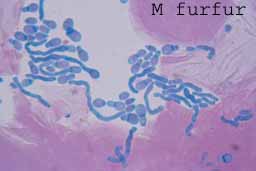Dr Lim is a Dermatologist (skin specialist) who specialises in the treatment of medical and cosmetic skin disorders, including Eczema, Acne, Rosacea, Psoriasis, Pigmentation problems and Teledermatology.

First, a little background information about Dr Lim’s journey to becoming a Dermatologist
Higher education in England
Dr Lim completed his higher education in Epsom College, Surrey. At the time, he did not know that he would be following in the footsteps of two giants of Dermatology – Dr Darrell Wilkinson and Professor Malcolm Greaves. Dr Wilkinson co-edited the first edition of the world renown Rook’s 1968 Textbook of Dermatology and Professor Malcolm Greaves made important contributions in understanding the role of prostanoids and leukotrienes in skin inflammation, the role of prostaglandin E2 (PGE2) in the pathophysiology of itch and the autoimmune basis of chronic urticaria. Dr Wilkinson and Professor Greaves were both alumni of Epsom College and Professor Greaves graduated from Charing Cross Medical School where Dr Lim went on to do his medical training.


Medical training in London
Dr Lim did his undergraduate medical training in Charing Cross Hospital Medical School (now part of Imperial College NHS Trust) in 1978 and obtained his MRCP two years later in 1980. As fate would have it Dr Lim ended up doing dermatology, following in the footsteps of Epsom College alumni Dr Darrell Wilkinson and Professor Malcolm Greaves, who also did his medical training in Charing Cross Medical School.

Photo credit: Chmee2 under Creative Commons Licence CC BY-SA 3.0

Kah Beng with medical classmates from left – Huw Griffiths, Guy Dickinson, Andy Hitchcock and Nick Lewis
Specialising in the skin specialty of Dermatology
Dr Lim’s specialisation in Dermatology was very much by accident. He was assisting dermatologist Dr Saleem Goolamali whilst training in internal medicine when the latter informed him of a vacancy in the in-patient department of St John’s Hospital for Diseases of the Skin. The out-patient department of St John’s was located on Lisle Street, in the heart of London’s Chinatown an enclave abound with Chinese restaurants. Dr Goolamali was a astute clinician and excellent teacher and made a great impression on Dr Lim who gradually developed a liking for dermatology. St John’s was UK’s leading skin hospital so Dr Lim jumped at the opportunity and has never looked back. Dr Goolamali co-authored Diagnostic Picture Tests in Dermatology with Dr Gerald Levene another eminent dermatologist and astute clinician. Dr Levene wrote a congratulatory note to Dr Lim for passing the MRCP (UK) examination just 2 years after graduation, which Dr Lim has kept to this day. The Gerald Levene oration is an annual event set up by the Royal Society of Medicine in his honour. Dr Levene also co-authored A Coloured Atlas of Dermatology with Professor Charles Calnan of contact dermatitis fame. St John’s provided Dr Lim with experience managing patients hospitalised with severe and rare skin diseases from other parts of the England and interacting with and learning from some of the biggest names in dermatology. The in-patient wards of St John’s and the laboratories conducting research into the molecular mechanisms of inflammation (headed by Professor Malcolm Greaves) and photobiology (headed by Professors Ian Magnus and then John Hawk) occupied a disused section of Eastern Fever Hospital in Homerton.

St John’s Hospital for Diseases of the Skin, Lisle Street built in grand renaissance style with a distinctive stepped gable. . The hospital has since been been relocated to St Thomas’ Hospital and renamed St John’s Insititute of Dermatology at Guys’ and St Thomas’. The old building is now occupied by a public house known as “The Slug and Lettuce” restaurant.
Photo: Courtesy of Tony Hisgett, Birmingham under Creative Commons Licence CC BY 2.0
Specialising in Sexually Transmitted Diseases
Dr Lim decided to round off his training in Dermatology as the specialty of Dermatology in many countries, included Singapore and Malaysia, included sexually transmitted diseases, as well. He landed a job in Sexually Transmitted Diseases at the Academic Departmentof Genitourinary Medicine in James Pringle House, working for Professor Michael Adler and the director, Dr Duncan Catterral, CBE. James Pringle House was part of the Middlesex Hospital and was located at the corner of Charlotte Street and Tottenham Street in the Bloomsbury district which is associated with the Arts and academia, and literary greats such as Charles Dickens and Virginia Woolf. It saw a large number of MSM (men who have sex with men). Dr Lim had the opportunity to observe and manage the growing problem of sexually transmitted diseases in London and an increasing number of MSM with the “gay bowel syndrome” – an obsolete term that was used to describe the sexually transmitted bowel and rectal diseases caused by a wide variety of infectious agents in gay men. Professor Adler published many articles on Sexually Transmitted Infections and written and edited many books, most notably, the ABC of STDs and the ABC of AIDS. When AIDS struck, Broderip Ward, UK’s first HIV/AIDS ward was set up in Middlesex Hospital which was officially opened by Diana, Princess of Wales on 9 April 1987.


Photo: Courtesy of John Mathew Smith & www.celebrity-photos.com under Creative Commons Licence CC BY-SA 2.0
Moving to Singapore
Dr Lim’s decision to leave London was difficult, having spent a long time there. He thought of going back to his home country Malaysia, but on Professor Adler’s recommendation, decided to check out Singapore. So Dr Lim dropped by Singapore, en route to Malaysia and had a chat with Professor Rajan, the Medical Director of Middle Road Hospital (now National Skin Centre). After hearing the research opportunities available in Middle Road Hospital, Dr Lim went back to UK to prepare for his relocation to Singapore. He spent more than 5 years in Middle Road Hospital where he had the opportunity to pursue his research interests and collaborate with Emeritus Consultant, Dr Jimmy Sng Ewe Hui who is renown for his work on PPNG (Penicillinase Producing Neiserria gonorrhoea). Dr Lim fondly recalls the camaraderie and friendship with the doctors and staff of the hospital. Dr Lim continues to keep in touch with old colleagues and friends by attending conferences and through the Dermatological Society of Singapore.
Private practice
Dr Lim founded K B Lim Skin Clinic Pte Ltd and started private practice in in 1988. He continued institutional practice as a visiting consultant initially and later as a visiting specialist at National Skin Centre for 3 years. He now practises full time in his clinic in Gleneagles Medical Centre, Singapore.
Research interests
Dr Lim has always been interested in research and have a long list of publications in peer reviewed dermatology journals. Despite leaving institutional practice, Dr Lim continued my research and succeeded in developing the CSB (Chicago Sky Blue) Fungal Stain and the FRC total anti-oxidant capacity assay below.
Inventions
The CSB Fungal Stain developed by Dr Lim is used by many laboratories for the rapid diagnosis of fungal infections. As a service to dermatology, Dr Lim published the basic formula so dermatologists could make their own. This stain is also available from several laboratory reagent suppliers and is used by many laboratories. It has been confirmed by numerous studies to be superior to the standard KOH (potassium hydroxide) microscopic wet mount examination of fungal elements. Read more here.

Anti-oxidant research
Dr Lim a firm believer in anti-oxidants and have always had a keen interest in anti-oxidant research. He wanted to find out whether taking anti-oxidant supplements increased the anti-oxidant capacity of the body and developed the FRC total antioxidant capacity assay. This assay measures the total antioxidant capacity of serum and reflects the effectiveness of anti-oxidant supplements many of us take.
Book authorships
Dr Lim has a passion for writing and has written several books on skin related issues – Acne, Hairloss, Sexually Transmitted Diseases and Steps to Skin Beauty: a dermatologist guide by Dr Lim Kah Beng.
His writing took a different direction when he wrote a medical sci-fi. His latest book, 21st Century Slaves (Author: Dermatologist, Dr Lim) is a medical science fiction thriller published by Marshall Cavendish.
Teledermatology
Dermatology is a visual speciality which lends itself well to teledermatology. Dr Lim launched his teledermatology service on 7 April 2020, the day ‘circuit breaker’ measures were launched to stem the rise of Covid-19 infections in Singapore. It is currently the preferred mode of consultation for many of my patients.